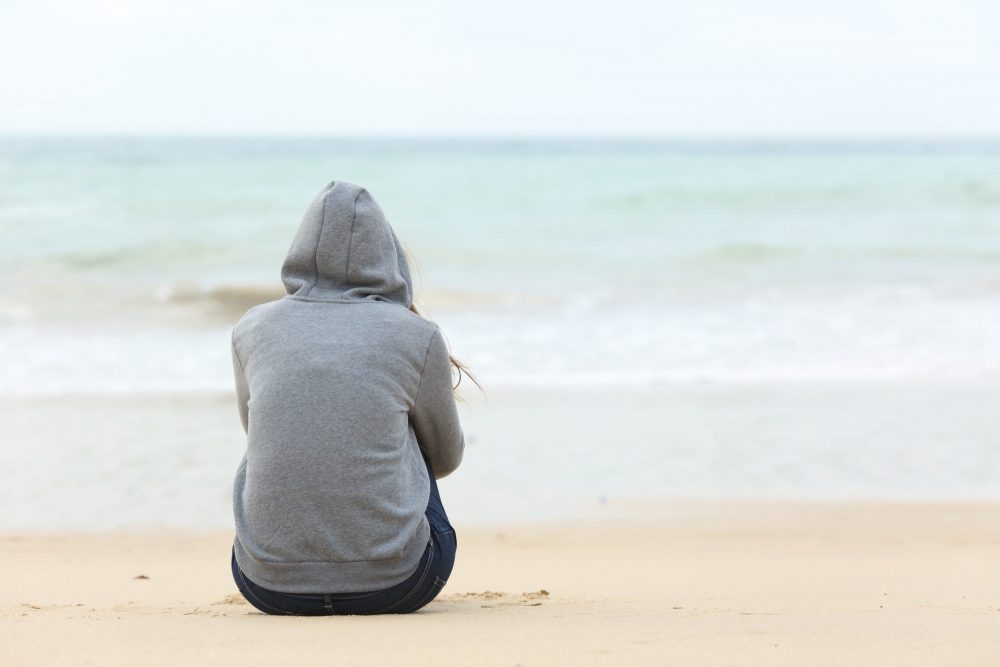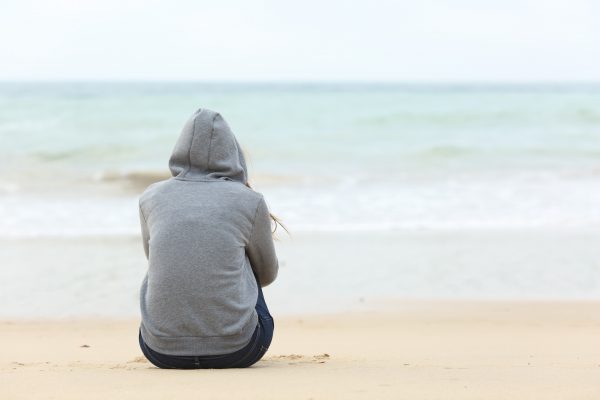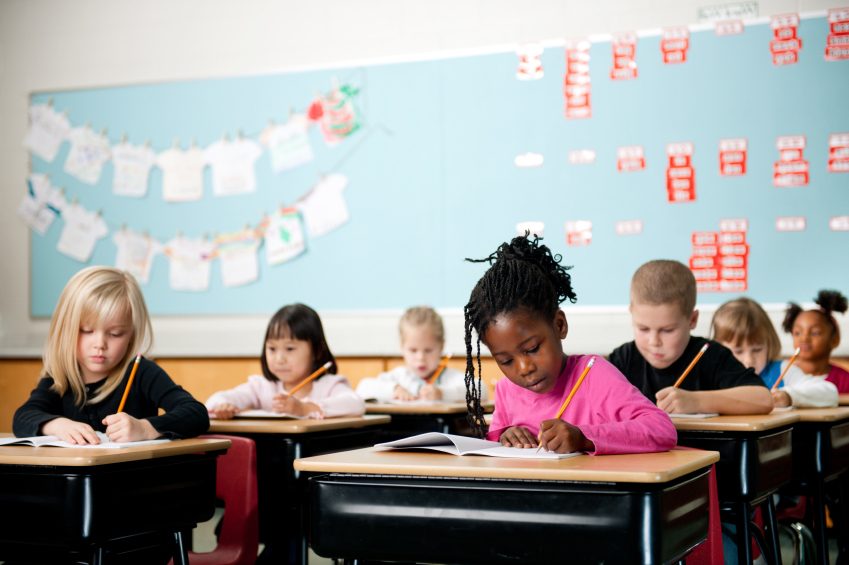Abortion rights, women of color, and LGBTQIA+ people are under attack. Pledge to join us in fighting for gender justice.
#MeTooK12: Centering Young Students in the Fight to End Sexual Violence


A few weeks ago, when #MeToo was first beginning to spread online, I was chatting on a friend’s Facebook wall after she wrote a piece asking whether schools should teach boys to respect girls. Seeing some skeptics already popping up in the thread, I chimed in to affirm her stance, and expand it with some observations of my own:
When educators uphold sexist dress codes that contain more rules for girls than boys because “boys find _____ distracting,” they are teaching students that girls’ bodies and clothing are more responsible for boys’ actions than the boys themselves. That’s reinforcing rape culture.
When adults write off sexual rumor spreading and sexist name calling (“slut,” etc.) as teen gossip, instead of correctly identifying it as sexual harassment and intervening [to stop] students from creating a hostile learning environment for the girls targeted by those rumors, they’re reinforcing rape culture.
When educators fail to respond quickly and appropriately to students’ reports of sexual assault and harassment, and even punish girls for engaging in sexual activity after reporting being assaulted, they’re definitely reinforcing rape culture. This list could, unfortunately, go on for much longer.
I now work every day raising awareness on behalf of students whose Title IX rights are violated in this manner, and the profession has to do better. I know folks bristle at being asked to “do more,” but this isn’t one of those things where schools are being unfairly asked to address a problem for the rest of society. School-specific manifestations of rape culture abound, and schools HAVE to do something about it. It’s a moral and legal imperative.
I’ve had countless conversations like this well before, but especially after #MeToo began to trend. As a former teacher, a longtime education activist, and a parent, I know all too well that the K-12 space is overdue for a #MeToo reckoning of its own. After all, it’s hard to even go to school every day – let alone focus if you actually make it to class – when someone is making you feel unsafe by snapping your bra, or if you can’t sleep at night as a result of PTSD, or if you’re forced to sit in a classroom with the person who raped you, or if you’re constantly surrounded by your attacker’s friends harassing you in the aftermath. Because sexual harassment, including assault, disproportionately impacts girls and LGBTQ youth, schools’ failure to deal with it disproportionately impacts their educational and economic well-being – precisely the kind of discrimination Title IX exists to prohibit. This is an urgent civil rights issue that schools must address.
College student activists have finally begun to make some headway in getting university administrators to take the problem of campus rape seriously, progress that the sexist extremists advising Betsy DeVos are working very hard to undo. Still, it has remained an uphill battle to get the rest of the educational community and the broader public to recognize that sexual harassment and assault are problems K-12 schools need to address as well. But NWLC’s and others’ research reveals that the shocking statistics that created alarm on college campuses hold for girls under 18; more than one in five girls experience some form of sexual assault before they reach adulthood, with even higher rates for girls with disabilities, girls of color, and LGBTQ youth.
Worse, many of these students do not get the help and support they need to recover and thrive in school. Few student survivors ever report the abuse they’ve suffered to adults, and those who do are frequently met with indifference or outright hostility, as many of NWLC’s student clients and other survivors who have been punished and pushed out of school can attest. As a result, sexual harassment costs too many students critical academic and economic opportunities, further compounding the already immense harm and trauma of being harassed and/or assaulted.
It doesn’t have to be this way. As I’ve said before and will say again, sexual violence is an entirely solvable problem. But to do that, we have to raise awareness of the problem as well as promising solutions, and that’s what #MeTooK12 is all about. We need all school stakeholders – district leaders and administrators, educators, students, families, and community members alike – to be a part of this movement, so we can increase the number of people who understand (and teach!) boundaries and consent, who can recognize and stop abuse when they see it, and who can respond compassionately and appropriately in the (hopefully increasingly rare) event that a student experiences harassment or assault.
We have both the power and the responsibility to keep our children safe, but we can only be successful when we work together. Get started today by reading the resources and reflections shared on the #MeTooK12 hashtag, as well as on our website and our partners’ at Stop Sexual Assault in Schools. Sign up to take action to oppose attacks on survivors’ rights, and to be part of this cultural shift in your community. Tweet and share your own thoughts on how you plan to be part of the solution. Our children deserve safe spaces to learn.




